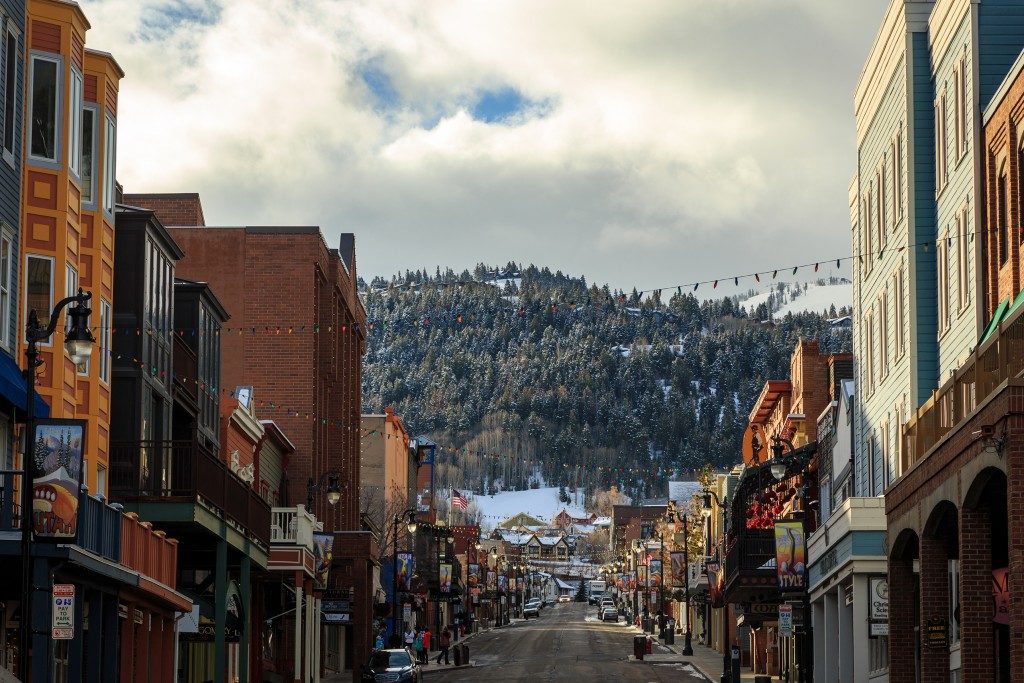Ogden is on a mission to revive its rich past. The city has identified several buildings for improvement in a bid to redevelop communities to what they once were: vibrant and economically prosperous. The massive plan was inspired by the revival of 25th Street, which the city redeveloped in the late ‘70s, putting many general contractors in Ogden, Utah to work and turning the location into the ideal address for residents and businesses.
As such, Ogden hopes to replicate its triumphant revitalization with several historic buildings that have fallen into disrepair.
Transforming Old Buildings for Today’s Use
 Ogden Mayor Mike Caldwell believes that preserving the city’s historic structures also preserves the city’s character. He jumpstarted the redevelopment and restoration process to keep the city’s eclectic past alive. Individual developers, entrepreneurs, and the local city government collaborated in the restoration of selecting these historic buildings to restore and upgrade.
Ogden Mayor Mike Caldwell believes that preserving the city’s historic structures also preserves the city’s character. He jumpstarted the redevelopment and restoration process to keep the city’s eclectic past alive. Individual developers, entrepreneurs, and the local city government collaborated in the restoration of selecting these historic buildings to restore and upgrade.
- The Monarch Building- Built in 1927, this building used to be a parking garage for Bigelow Hotel. It was vacant for more than a decade before a local, private developer gained ownership over it. The current plan for this building includes making it into an events space. This project is pertinent to two different city initiatives: the Adams community reinvestment area plan and the nine rails creative district.
- Argo Building- Built in 1900, this infrastructure last served as a sober living house. Located east of the Washington Boulevard on 25th Street, this building is also a key component to the Adams community reinvestment area and the nine rails creative district. These two renovation plans seek to create a centralized hub for the culture and the arts near downtown Ogden and its east-central neighborhood.
- Kiesel/Hurst/Thornstensen buildings- Built in 1910, these buildings housed different government offices and the Standard-Examiner, the town newspaper at the time. All three buildings are set for an upgrade into commercial spaces.
- Ogden Exchange Building– This building served as the administrative headquarters of the Ogden Union Stockyards, a large livestock market, which was also the city’s biggest economic driver at the time. It is also on the National Register of Historic Places. This infrastructure is included in the city’s track line redevelopment district, transforming the place into a hub for commercial and industrial businesses, though the building itself will receive a full historic renovation.
How Ogden Came About
Ogden originally began as Fort Buenaventura, the first permanent Anglo settlement in Utah. Mormon pioneers didn’t enter Ogden until 1847, eventually purchasing the place and renaming it Ogden in 1850.
The historic 25th Street in Ogden became the site for the transcontinental railroad, which people used a primary mode of transportation in the Intermountain West. The railroad then turned the town into a major passenger junction, with its convenient location near north-south routes and along major east-west routes. Travelers, traders, tourists, and commerce all converged in the northern city in Utah, positively impacting its economy. The area became a hub for excitement and variety, businesses thrived alongside bordellos and saloons. This all led to the construction of many buildings, some of which still stand to this today.
A bump in the city’s economy in the ‘70s, ‘80s, and ‘90s, however, prevented it from preserving its historic structures. The older buildings became empty and fell into disrepair.
But with the local government’s efforts to restore some of the historic architecture, there is hope for these rundown buildings. From restoration to an upgrade, the old structures gain a new lease on life. As a result, so do the communities that live around them.

